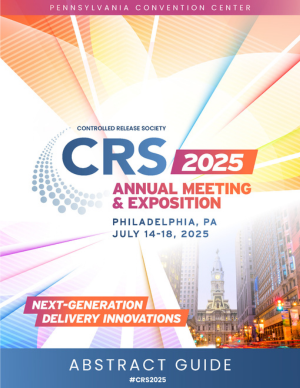JCR Session
JCR Special Session
Bioengineering strategies of polysaccharide for precise immune modulation
Wednesday, July 16, 2025
5:37 PM - 6:00 PM EDT
Location: 119 B
Microbial pathogens present “danger” signals at the site of infection and confers protective immunity by inducing proinflammatory cytokines and mobilizing leukocytes. During microbial infection, pathogen associated molecular patterns (PAMPs) of polysaccharide activate pattern recognition receptors (PRRs) expressed on innate immune cells, such as dendritic cells (DCs), leading to the production of proinflammatory cytokines. Although polysaccharides show promise as immunoadjuvants, their simple monosaccharide patterns often limit effective PRR engagements for strong therapeutic immune responses. In this study, we strategically diversified the simple mannose patterns and nano-engieering of mannan, a fungal cell wall polysaccharide that naturally interacts with PRRs such as Dectin-2 and TLR4, through strategically designed five distinct chemical modifications with varying degree of substitution – oxidation, reduction, acetylation, and phosphorylation to evaluate physicochemical properties that could enhance multiple, and multivalent PRR engagement and strengthen their interactions. The engineered polysaccharides were characterized for their physicochemical properties and PRR-binding interactions using surface plasmon resonance (SPR) measurements with CD206, Dectin-2, Dectin-1, and Mincle receptors. Macrophage polarization assays were performed to evaluate immunomodulatory effects. The ability to direct macrophage polarization through engineered PRR engagement offers potential applications in vaccine development, immunotherapy, and treatment of immune-related disorders.

Sejin Son, PhD (she/her/hers)
Associate Professor
Inha University

